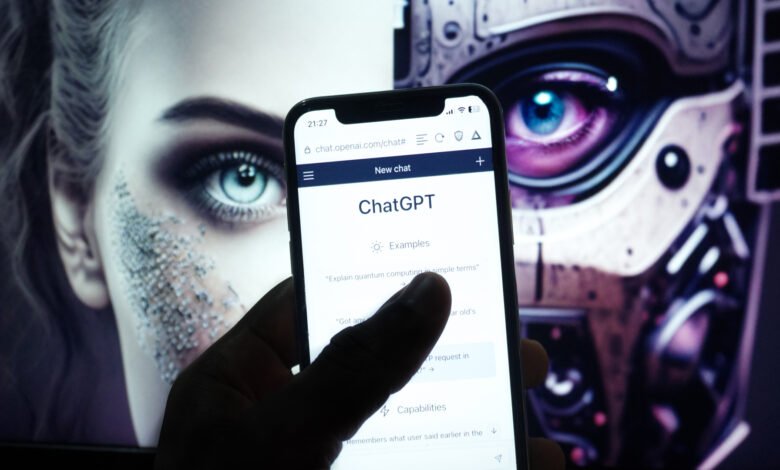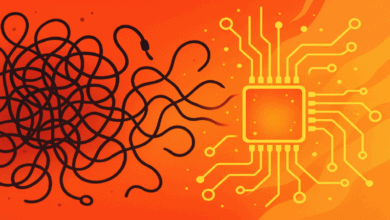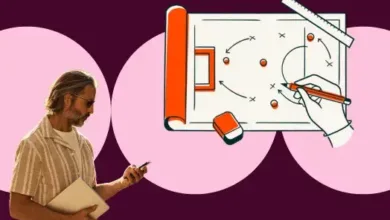ChatGPT Overuses Em Dashes? Here’s How to Fix It

▼ Summary
– The em dash is a versatile punctuation mark that can replace commas, parentheses, colons, and ellipses, but its overuse in AI writing has made it a sign of machine-generated text.
– AI chatbots like ChatGPT frequently use em dashes because they are trained on vast internet datasets, leading to a style that feels artificial to human readers.
– Writers are now avoiding em dashes due to fears their work might be mistaken for AI-generated content, even though the punctuation itself is expressive and useful.
– Users can instruct AI tools to avoid em dashes by specifying preferences in prompts or adjusting the chatbot’s memory settings for consistent stylistic control.
– While some propose new punctuation marks like the “am dash” to distinguish human writing, authenticity ultimately depends on broader linguistic choices, not just punctuation.
Punctuation marks serve as the seasoning of language—they add depth and clarity when used properly, but excessive application can make writing feel artificial. The em dash, while versatile, has become a telltale sign of AI-generated content due to its overuse by tools like ChatGPT. This creates an unintended association between polished writing and machine-generated text, leaving many writers hesitant to employ this otherwise valuable punctuation mark.
The em dash—a long horizontal line—functions as a multipurpose tool in writing. It can substitute for commas, parentheses, colons, and even ellipses, making it a favorite among literary giants from Hemingway to Dickinson. Yet, its prevalence in AI outputs has turned it into a red flag for readers trying to distinguish human writing from machine-generated text. Unlike the en dash, which appears on standard keyboards, the em dash requires deliberate insertion, something AI handles effortlessly while humans often opt for simpler alternatives.
ChatGPT’s training data consists of vast amounts of internet text, resulting in a writing style that mirrors—and sometimes exaggerates—human tendencies. The em dash, with its flexibility, becomes a crutch for AI, appearing where commas or periods might suffice. This over-reliance makes AI-generated content easier to spot, but it also unfairly stigmatizes a punctuation mark that, when used thoughtfully, enhances writing.
Some writers have begun avoiding em dashes altogether, fearing their work might be mistaken for AI-generated text. The concern isn’t entirely unfounded—accusations of artificial writing are difficult to counter, especially when stylistic quirks overlap with machine patterns. However, abandoning a useful grammatical tool solely because AI favors it seems unnecessary.
For those using AI writing assistants, a simple solution exists: explicitly instruct the tool to limit em dash usage. Adding phrases like “Avoid em dashes in your response” or “Replace em dashes with commas” can refine the output to match human writing patterns. Some platforms even allow users to store stylistic preferences, ensuring future responses align with their desired tone.
A few creative minds have attempted to reclaim punctuation from AI’s grasp. The “am dash,” introduced by an Australian agency, was designed as a human-exclusive alternative. While innovative, widespread adoption seems unlikely—keyboards aren’t built for experimental punctuation, and explaining new symbols to readers adds unnecessary complexity.
Ultimately, writing like a human involves more than just punctuation choices. Rhythm, word selection, and personal voice distinguish authentic writing from machine-generated text. The em dash remains a powerful expressive tool, capable of conveying pauses, interruptions, or emphasis. Rather than discarding it, writers might instead focus on using it intentionally—proving that thoughtful application, not avoidance, preserves the mark’s value.
Until perceptions shift, some may reserve em dashes for creative writing, where stylistic flair is more accepted. But with careful use, there’s no reason this punctuation mark should be surrendered to algorithms. After all, a dash of spice doesn’t mean the dish wasn’t made by hand.
(Source: techradar)





